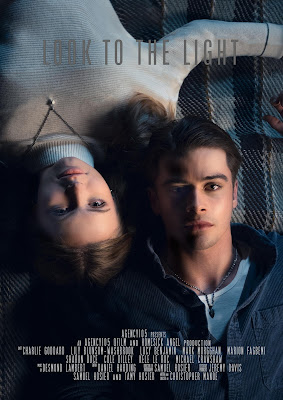Introduction
For decades, Hollywood movies have perpetuated gender stereotypes, reinforcing harmful and limiting notions of what it means to be a man or a woman. These stereotypes have been ingrained in our culture, influencing how we perceive ourselves and others. However, in recent years, there has been a growing movement to challenge these gender norms and promote more inclusive and diverse representations in film.
In this article, we'll explore the history of gender stereotypes in Hollywood, their impact on society, and the efforts being made to break down these barriers. We'll also examine some notable examples of movies that are pushing the boundaries of gender representation and paving the way for a more inclusive future.
The History of Gender Stereotypes in Hollywood
Gender stereotypes in Hollywood can be traced back to the early days of cinema. Women were often portrayed as damsels in distress, while men were depicted as strong and heroic. These archetypes were reinforced by the Hays Code, a set of moral guidelines that governed the film industry from the 1930s to the 1960s. The code mandated that women be depicted in a submissive and sexually innocent manner, while men were expected to be tough and dominant.
Over time, these stereotypes have evolved, but they remain prevalent in many modern movies. Women are often relegated to secondary roles, while men dominate the leading positions. This lack of representation has a profound impact on how we perceive gender roles and possibilities.
The Impact of Gender Stereotypes
Gender stereotypes in movies have far-reaching consequences, influencing how we perceive ourselves and others. They limit our understanding of gender and reinforce harmful notions of masculinity and femininity. These stereotypes also contribute to a broader culture of gender inequality, perpetuating discrimination and violence against women and marginalized communities.
Moreover, gender stereotypes stifle creativity and diversity in storytelling. By relying on tired tropes and archetypes, movies fail to explore the complexity and richness of human experience. This lack of diversity also leads to a lack of representation, leaving marginalized communities without a voice or a platform.
Challenging Gender Stereotypes
In recent years, there has been a growing movement to challenge gender stereotypes in Hollywood. Filmmakers, actors, and writers are working to create more inclusive and diverse stories, characters, and representations. Some notable examples include:
- Wonder Woman (2017): A superhero movie that shatters traditional gender norms, featuring a powerful and complex female lead.
- Moonlight (2016): A coming-of-age story that explores masculinity and sexuality in a nuanced and thoughtful way.
- The Favourite (2018): A period drama that subverts traditional gender roles, featuring complex and multidimensional female characters.
Conclusion
Gender stereotypes in Hollywood movies have a profound impact on our culture and society. By challenging these norms and promoting more inclusive and diverse representations, we can create a more equitable and just world. It's time to break the mold and embrace a more expansive understanding of gender and humanity. Let's celebrate the movies that are pushing the boundaries of gender representation and paving the way for a brighter future.
















0 Comments